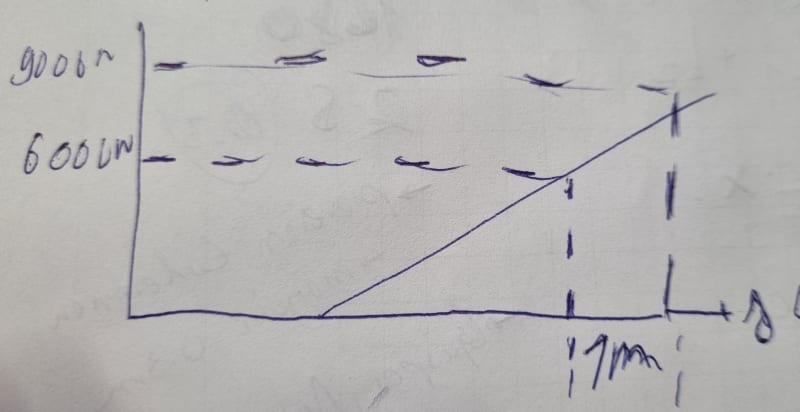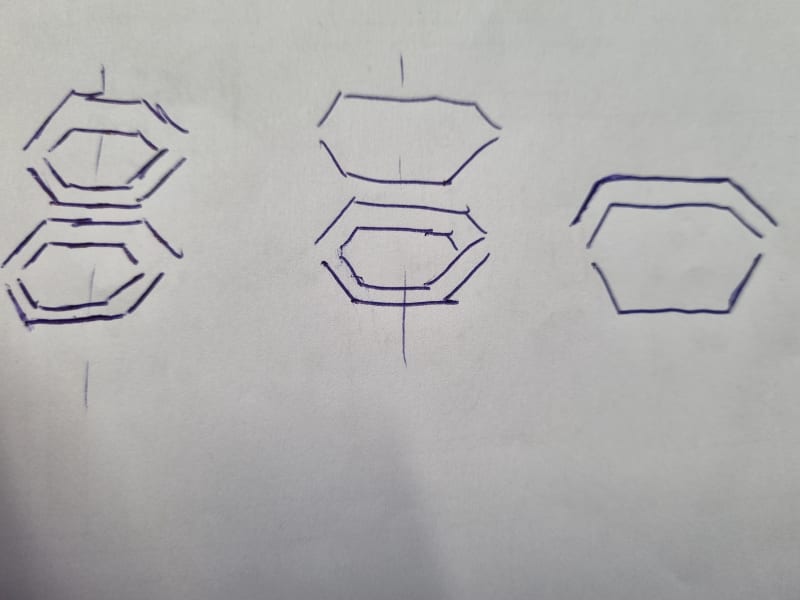dejan95
Mechanical
- Aug 24, 2020
- 60
I have a problem I would need help with, if someone would be nice enough.
I will be using disc springs. I need for springs to deflect for 1 mm between 6000N and 9000N.
My question is, does the number of the pieces in all series needs to be the same or can it be different (as shown in the picture)? For example, if I need a specific force to multiply by 3 I will use three pieces, and then if i need a deflection to multiply ba 5 i can add on top of that 4 sets of one piece of disc springs?
Or can someone help me with choosing the correct number of series and sets od disc springs to reach 1mm deflection between 6k abn 9KN. The springs can be prestressed on 6kN.
Thank you guys in advance!!


I will be using disc springs. I need for springs to deflect for 1 mm between 6000N and 9000N.
My question is, does the number of the pieces in all series needs to be the same or can it be different (as shown in the picture)? For example, if I need a specific force to multiply by 3 I will use three pieces, and then if i need a deflection to multiply ba 5 i can add on top of that 4 sets of one piece of disc springs?
Or can someone help me with choosing the correct number of series and sets od disc springs to reach 1mm deflection between 6k abn 9KN. The springs can be prestressed on 6kN.
Thank you guys in advance!!





